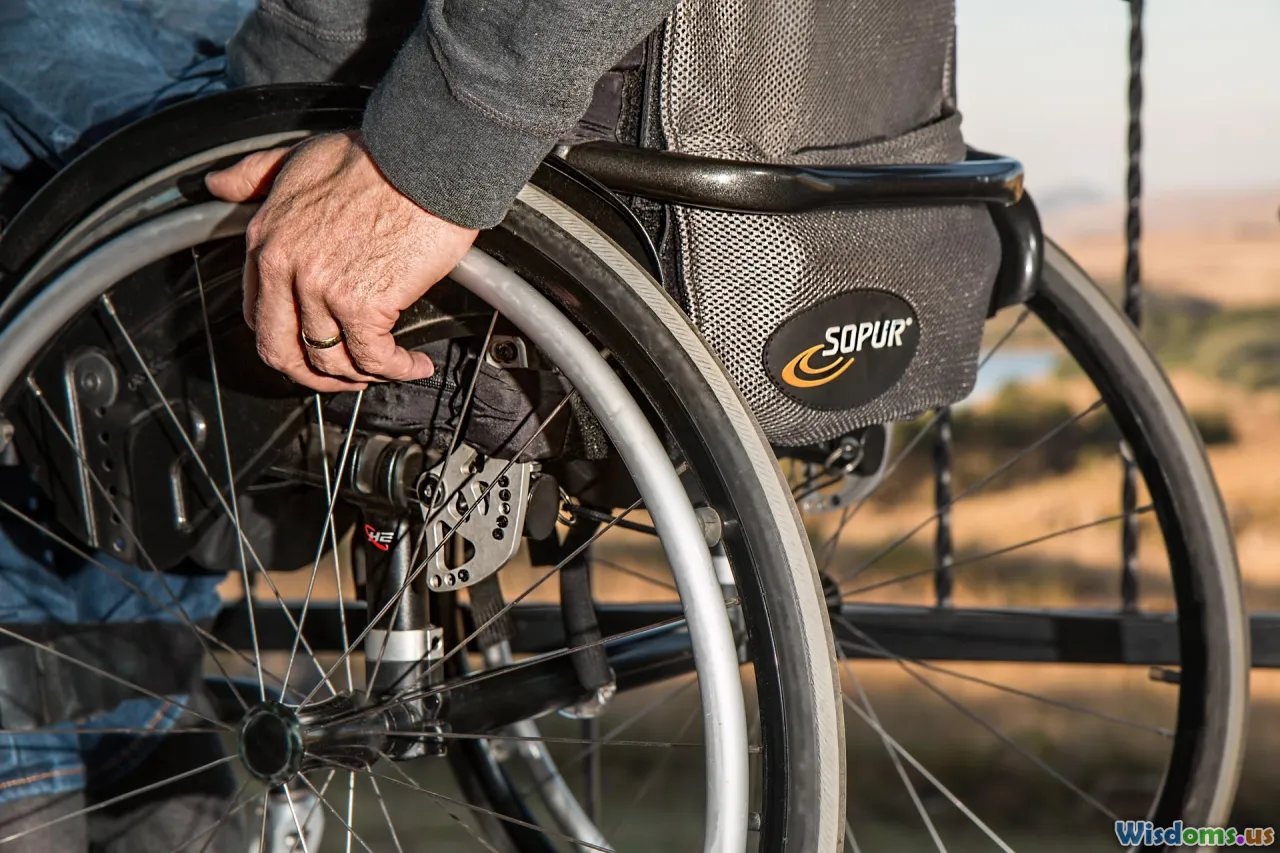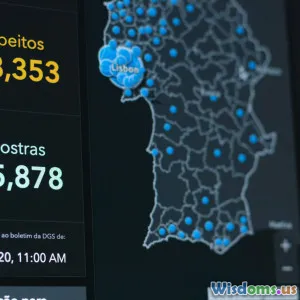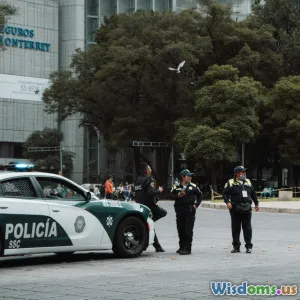
The Surprising Role of Family in Kidnapping Recovery Efforts
8 min read Exploring how family members uniquely impact kidnapping recovery efforts, offering emotional, strategic, and community-driven support. (0 Reviews)
The Surprising Role of Family in Kidnapping Recovery Efforts
Kidnapping cases evoke profound fear and urgency. While law enforcement and rescue teams often receive the spotlight, a critical force frequently remains in the shadows: the victim's family. Their involvement not only accelerates recovery but reshapes the dynamics and outcomes of such distressing situations. Far from being passive observers, family members are pivotal agents of hope, strategy, and emotional resilience that often tip the balance in favor of rescue and reunion.
The Emotional Epicenter: Why Family Motivation Matters
The trauma of a kidnapping strikes not only the victims but also their entire support network. Family members become ardent advocates, fueled by an unwavering emotional resolve. This innate motivation compels them to mobilize resources, maintain public awareness, and persist when official efforts slow down.
Consider the case of Elizabeth Smart, kidnapped in 2002 from her Utah home. Her family launched a relentless campaign—distributing flyers, speaking publicly, and cooperating closely with law enforcement for months. Their refusal to give up ultimately contributed to Elizabeth's rescue nine months later.
Psychologists underscore this phenomenon: the emotional intensity of family members serves as a critical ingredient in sustaining long-term recovery efforts. A 2017 study published in the Journal of Traumatic Stress points out that family advocacy can maintain public focus and resource allocation, vital for cases that extend beyond the initial media frenzy.
Strategic Collaboration: Families and Law Enforcement
Families of kidnapping victims often become indispensable partners to law enforcement agencies. Their intimate knowledge of the victim's habits, social circle, and potential threats provides crucial intelligence.
A compelling example is the case of Jaycee Dugard, abducted in California in 1991. Her mother and stepfather collaborated closely with investigators, crafting theory-driven searches and outreach efforts. This partnership allowed for tailored surveillance and ultimately led to Jaycee’s recovery after 18 years in captivity—a staggering testament to persistent, informed involvement.
Moreover, families frequently work alongside specialized organizations like the National Center for Missing and Exploited Children (NCMEC), sharing vital details and participating in media campaigns. Their hands-on feedback fuels adaptive law enforcement tactics, from alert systems to search protocols.
The Mobilization of Community and Social Networks
In the digital age, family efforts often expand far beyond blood ties. Social media platforms amplify messaging, turning local cases into viral campaigns that mobilize thousands globally.
In 2015, when 15-year-old Hadiya Pendleton went missing after applying to a new school, her family used Twitter and Facebook to keep the search alive. The widespread online attention they gathered not only expedited rescue attempts but built pressure on authorities to act swiftly.
Statistics also back the effectiveness of community response. Data from the U.S. Department of Justice illustrates cases with active family and community involvement resolve 30% faster than those without sustained grassroots engagement.
Psychological Support: Families as Caregivers Post-Rescue
Recovery from kidnapping is more than physical rescue—it necessitates psychological rehabilitation. Families often become the primary pillar of healing, providing a safe environment combined with love and stability.
Dr. Linda Williams, a trauma recovery expert, notes that familial bonds are instrumental in reintegrating victims into society. In many recovered kidnapping scenarios, victims rejoin their families to find emotional sanctuary that professional therapy alone cannot supply.
Furthermore, family involvement helps detect early signs of post-traumatic stress disorder (PTSD) or depression, prompting timely intervention. Without attentive family support, victims risk prolonged psychological damage, thwarting recovery efforts even after freedom is secured.
Challenges Families Face and Overcoming Obstacles
Despite their crucial role, families confront numerous hardships—emotional exhaustion, media intrusion, legal complexities, and sometimes mistrust from authorities.
For instance, families of missing children may experience 'media fatigue,' where journalists lose interest over time, reducing critical exposure. Additionally, bureaucratic red tape can delay meaningful participation, leading to frustration and diminished morale.
Organizations like the Family Survival Trust and Missing People UK offer support networks that help relatives navigate these obstacles by providing legal advice, emotional counseling, and advocacy training. Knowledge-sharing among families builds empowerment, pressure on systems, and innovative approaches to crisis management.
Inspiring Case Studies Beyond Borders
Globally, family involvement shows universal impact. In Nigeria, abducted schoolgirls from Chibok in 2014 inspired international family-led movements demanding government action. Their mothers, known as the #BringBackOurGirls campaigners, used powerful advocacy culminating in global policy discussions on child abduction.
Similarly, in India, parents of missing children form community vigilance groups, cooperate with local police, and leverage mobile technology to track children. This collective family activism complements efforts of NGOs and authorities, highlighting a replicable model of public-private collaboration.
Conclusion: Amplifying Family Voices in Kidnapping Recovery
Families are more than just victims' supporters; they are linchpins of kidnapping recovery success. Their emotional fervor, intimate knowledge, strategic alliances, community mobilization, and caregiving capacity dramatically influence both rescue and rehabilitation.
Recognizing and integrating families as essential partners in kidnapping recovery efforts is not merely compassionate—it’s pragmatic. By empowering family members with resources, respect, and support, societies can transform heartbreak into hope and uncertainty into reunion.
Whether through public awareness, collaborative investigations, or psychological rehabilitation, the hopeful stories of recovery underscore one timeless truth: in the race against time and terror, family strength can light the way.
References:
- Journal of Traumatic Stress, 2017: Role of Families in Missing Person Cases
- National Center for Missing and Exploited Children (NCMEC) Reports
- U.S. Department of Justice Data on Missing Children
- Dr. Linda Williams, Trauma Recovery Specialist Interviews
- Family Survival Trust, UK
- #BringBackOurGirls Campaign Documentation
This article is intended to promote awareness and understanding of family roles in kidnapping recoveries globally and encourage collaborative approaches to saving lives.
Rate the Post
User Reviews
Popular Posts


















